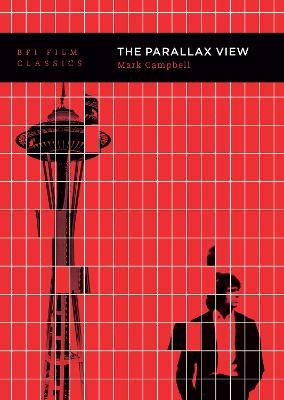By Mark Campbell
Mark Campbell's study of the film situates it within this historical moment of increasing paranoia and conspiracy, analyzing the ways in which it not only reflected, but also actively constructed, this febrile worldview. He contextualizes the film as an adaptation of Loren Singer's 1970 pulp novel by the same name, and highlights the role of influential cinematographer, Gordon Willis, in constructing the visual style that was essential to the filmic representation of paranoia.
Focusing on the film itself, Campbell provides a detailed analysis of key scenes, particularly the central six-minute brainwashing sequence which featured imagery drawn from pop culture, advertising slogans, and violent imagery. He examines Pakula's use of the film-within-a-film visual trope, and how the scene refers to the then widely-held suspicion that television and mass media were tools of psychological “conditioning”, highlighting how this concern was reflective of new anxieties about corporate and media power.
London, 2024, 19x13cm, 104pp. illustrated, Paperback.
